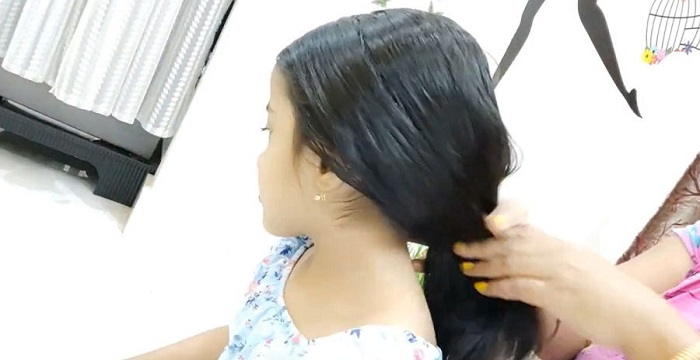
Just when the pregnancy test flashes two red lines, parents start imagining how the baby will look? Have you never thought about it? We bet you have. You have tried imagining your baby’s eye colour, face and features, hair colour or a head full of hair or no hair at all. Wink Wink! So while some teeny weenies are born with full hair on their head, some are born as bald as a cue ball. Whichever way they are, they all look the same – as cute as a button.
Welcoming a new member into your family is always a pleasurable and delightful experience. But the numerous demands of the baby overwhelm you greatly, particularly its care, which tops the list of your priorities. Hair care is one of the significant aspects of baby care. Just as you regularly visit salon to take care of your hair needs, similar attention is required in the case of baby. However, that doesn't mean you take the infant to a hair dresser the moment you step out of the hospital. Attention here means taking extra care of your baby’s scalp whether it is a head with full hair or sparse crop. Taking care of a newborn sounds pretty simple and actually is, only if you bear some useful tips in mind. With hair so soft, scalp so fragile, and hair follicles still developing, you cannot afford to neglect your baby’s hair, can you? Zoom through the whys, hows, won’ts, home remedies and some excellent hair care tips to make your bundle of joy’s hair grow faster and fuller.

Image Credit: https://www.youtube.com/watch?v=UZ_-DHBKiNc
Why Do Babies Lose Their Hair?
Almost all of us have been through this and we get puzzled, worried and wonder why do babies shed their hair? As every pregnancy is different, so is every child. Some tots are born with a head full of hair, wavy, straight or curly while some have only few wisps. It is also quite normal for newborns to shed or lose their hair and the hair regrows later. So breathe in and breathe out. This surely does not indicate any health problem.
To a certain extent, baby’s hair texture and hair growth is largely because of the genetics. When the mother is in the 30th week of pregnancy, hair growth occurs mostly around that time. Hormones play an eminent role in baby’s hair growth. Inside the womb, the hormone levels are high which can speed up hair growth. Your baby is likely to be born with hair on her head if she starts growing hair while she is in the womb. However, after delivery, the hormone levels drop speedily, thus, reducing the baby’s hair growth.
The hair of your bundle of joy enters a new growth cycle shortly after birth and the hair of your newborn might fall out. So don’t hit the panic button. Going by the American Academy of Paediatrics (AAP) this is very normal, most babies do lose some hair and sometimes all their hair during the initial months of life but don’t worry, your munckin’s hair will regrow.
What are the causes of baby hair loss?
It is pretty normal for babies to lose their hair in the initial six months of life. This hair loss is known as alopecia. This condition can be triggered by various factors, including sleeping positions and hormones. It is very rare for a newborn to have any sort of hair loss due to any medical problem.
In some babies the hair fall and hair growth happens simultaneously, you might not even notice it. While in others, the hair fall might leave your teeny weeny bald, but both the situations are quite usual.
Some of the harmless causes for baby hair loss are as follows –
- Hormones play a pivotal role in baby hair growth and hair loss.
- Friction can also cause hair loss in babies. When your tiny tots scalp rub against the crib of the mattress, playpens or strollers, your baby might lose their hair. By the end of seventh month, these hair-tinned patches will start to fill.
- Sometimes babies develop cradle caps, a condition where your baby’s crown get studded with scaly, oily and dandruff like patches. This usually doesn’t cause hair loss and it might get resolved in few weeks but it can also persist for some longer time.
- A variety of fungi might cause hair loss and the scalp of your baby might seem scaly, red and a ring-like rash might be visible on the head. This is known as ringworm. Children under the age of two are not likely to be affected by it but this condition is highly contagious.
- Alopecia areata is one condition which is not contagious, nor life-threatening and very rare in children under the age of six months. This condition is a result of some defect in the immune system that attacks the healthy hair cells.
How To Make My Baby’s Hair Grow Faster And Thicker? (Baby Hair Care Tips)
Combing the Hair
Combing a baby’s hair is an activity that brings a “phew!” expression on the faces of most parents. Baby’s hair is soft and tends to get entangled after washing. As such, removing the tangles is itself an ordeal. To avoid such fuss and mess, use a brush with soft bristles to comb your baby’s hair. In case you are using a comb, it should be wide toothed. Avoid using a brush that has fine bristles as this can get caught in the baby’s hair, thereby leading to lots of discomfort. Also make sure that you comb the hair of your little tot regularly as brushing the hair stimulates hair growth by encouraging blood circulation and helps in removing dry skin.
Washing the Hair
Shampooing your baby scalp regularly helps in loosening cradle cap and cleanses the scalp. Giving your baby a hair wash twice a week is sufficient to keep the hair clean and soft. When your baby turns into a toddler, the hair, too, is likely to grow longer which will then require washing at least three times a week. Always wash the hair towards the end of the bath so that the suds do not remain in the water and irritate its sensitive skin.
Avoiding Cradle Cap
Since the baby’s skin is delicate and fragile, it is likely to suffer from cradle cap, characterized by oily and flaky patches of skin on the scalp. This generally occurs due to the dryness of the scalp and is common amongst newborns and babies. So, it is normal for your baby to show up cradle cap, which can be treated with some simple remedies. Comb and wash out all the dry skin from the scalp and follow up with a lotion massage on the scalp and hair to avoid the dryness from returning. Avoid using baby oil on cradle cap, since it can increase the risk of its occurrence again. Instead, you can rub some olive oil on the scalp to loosen out the flakes.
Using Baby Products
Until your baby turns one and grows more hair on the scalp, stick to using only baby products for washing your baby’s hair. Products that we use for our hair contains harsh ingredients and chemicals, which can be harmful for the baby’s hair and skin. To keep the baby’s hair and scalp moisturized and healthy, use only baby shampoos and baby lotions that suit your baby’s skin.
Conditioning the Hair
It is fine to use conditioner on your baby’s hair. Especially if you baby has curly hair, that can be prone to dryness. Hair conditioner provides hair with the nourishment that gets lost while shampooing. They help in reducing breakage and strengthen the hair. It is important to choose a kid-friendly hair conditioner that is tear-free and mild. Apply conditioner after shampoo and rinse it off with warm water.
Trimming the Hair
It is necessary to take your baby for a haircut and get its hair trimmed once it turns a year old. The hair should be trimmed on a regular basis, lest it falls into the eyes and ears and irritates them. Accompany your baby so that it is assured of the fact that there is nothing to fear. Always schedule a haircut or trimming when your baby is awake and relaxed. Planning a haircut while the baby is sleeping will only lead to a scared and cranky baby.
Healthy Diet
It is important to maintain a balanced and healthy diet for your baby which will lead to fuller and thicker hair. It is advisable to feed your baby when it turns six months old with solid foods which are rich in protein, iron, vitamin B, vitamin D, zinc and vitamin A. This will encourage hair growth.
If you are breastfeeding your baby, it is very essential for you to maintain a balanced and healthy diet as it will in turn help in baby’s development and growth.
Avoid using hair ties
We are often tempted to tie the tresses of our bundle of joy in cute ponytails. However, making a tight ponytail can cause hair loss and damage hair follicles of your tiny tot. So when you find it hard to resist the temptation of giving your teeny weeny a cute hairstyle, try using a broad silk headband which is not only gentle on hair but also looks stylish and super cute.
Natural & Home Remedies For Baby Hair Growth
Applying Coconut Oil
Coconut oil is considered the best home remedy for hair growth. Rich in natural vitamin E and antioxidants, it helps in hair growth, adds shine and prevents hair loss. So if you want to have fuller and thicker hair, then massage your baby’s scalp with coconut oil few times a week, let it rest for some time and wash it off with warm water. Combining sunflower and mineral oil with coconut oil can help in reducing hair protein loss.
Apply Gelatin
For thicker baby hair, using gelatin which is rich in amino acids likes proline and glycine is recommended. Amino acids are known to accelerate hair growth and help in fighting flaky scalp.
Add one spoon of gelatin powder, one teaspoon honey and one teaspoon apple cider vinegar in lukewarm water. Mix well and massage it gently on your baby’s scalp. Let it dry and wash it off with a mild shampoo.
Apply Aloe Vera
Aloe vera is considered to have numerous medicinal qualities and helps greatly in baby hair growth. It moisturizes the scalp and prevents hair damage and dryness. Massage aloe vera juice on your baby’s scalp and let it rest for 20 minutes. Wash it with lukewarm water.
Use Shea Butter
Massaging your baby’s scalp with unrefined additive-free shea butter rich in minerals, fatty acids and vitamins will help in keeping your baby’s hair silky and soft.
Amla
Research shows that amla helps in hair growth. Amla water can be made by boiling amla, cool it and use it to wash your baby’s hair. Amla paste can also be made and applied on your baby’s scalp. Let it rest for some time and wash it thoroughly with water.
Castor Oil
Castor oil is also regarded one of the best remedies that helps in preventing bacterial/fungal scalp infections. Its nine essential fatty acids, vitamin E, vital enzymes and minerals, nine oleic acids and antimicrobial property helps stimulating blood circulation in the scalp and strengthening the roots of the hair.
Applying Argan Oil
This one is regarded as the oil for stimulating baby hair growth. This oil is rich in omega 9, proteins, vitamin E and fatty acids that promote hair growth and helps fight scalp dryness. Massage your teeny weeny’s hair with few drops of argan oil, let it stay for 20 minutes and wash it off.
Using Olive Oil
Rich in essential vitamins like vitamin A and E, and antioxidants, olive oil not only helps in hair growth but also improves the texture of your baby’s hair. It helps in protecting the scalp from common fungal infections, thanks to the antibacterial properties that it contains.
Conclusion
As parents anything and everything that involves your baby is bound to make your heart race. However, you need to know that it is perfectly normal for newborns with hair or without hair to experience hair loss or problems pertaining to hair. It is perfectly alright for the tiny tots to go from bountiful to bald and back again, so nothing to get worked up. Mostly the hair of your baby will grow between six to twelve months of age. However, if you still have concerns then there is no harm in contacting your doctor. It is not very difficult to take care of your baby’s hair. Regularly washing, brushing and following some tips will help your baby develop healthy and shining hair. So do not let these tiny tresses cause any stress, as you will be able to get that perfectly styled locks, yes, the one that you imagined, someday or the other. Happy Parenting!
Article Source:
Sources - https://parenting.miniklub.in/home-remedies-baby-hair-growth/
https://www.healthline.com/health/baby/how-to-make-baby-hair-grow#hair-ties
https://www.healthline.com/health/baby/baby-hair-loss#treatment
https://www.ncbi.nlm.nih.gov/pmc/articles/PMC5429933/
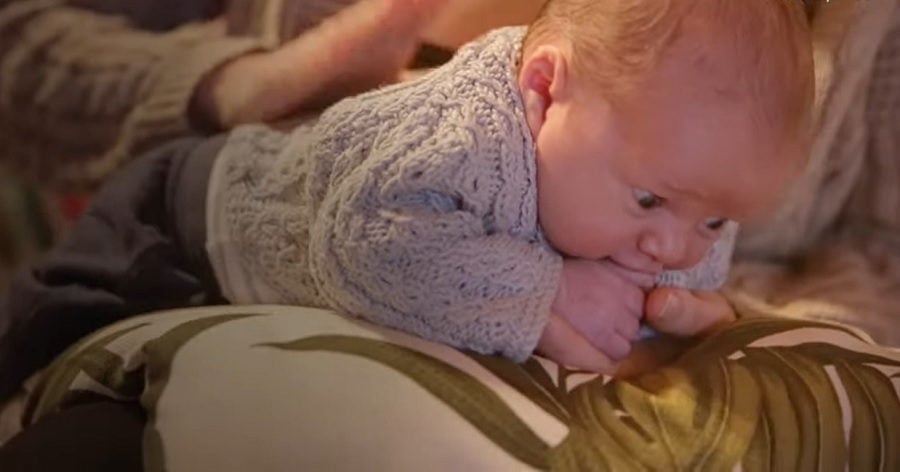 Step-By-Step Guide To Burp Your Baby: How and When?
Step-By-Step Guide To Burp Your Baby: How and When?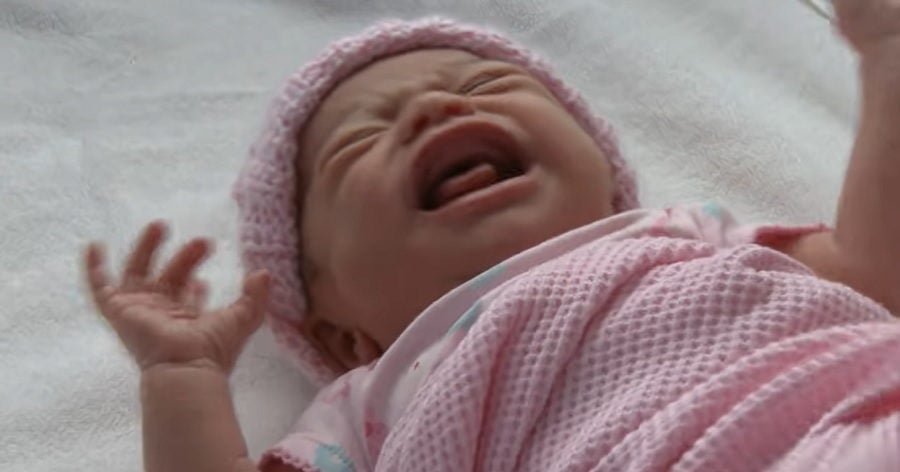 Excessively Crying Baby: Reasons & Remedies to Comfort Your Infant
Excessively Crying Baby: Reasons & Remedies to Comfort Your Infant Baby Pacifiers Guide: Advantages, Disadvantages And How To Wean The Baby From A Pacifier
Baby Pacifiers Guide: Advantages, Disadvantages And How To Wean The Baby From A Pacifier APGAR Score
APGAR Score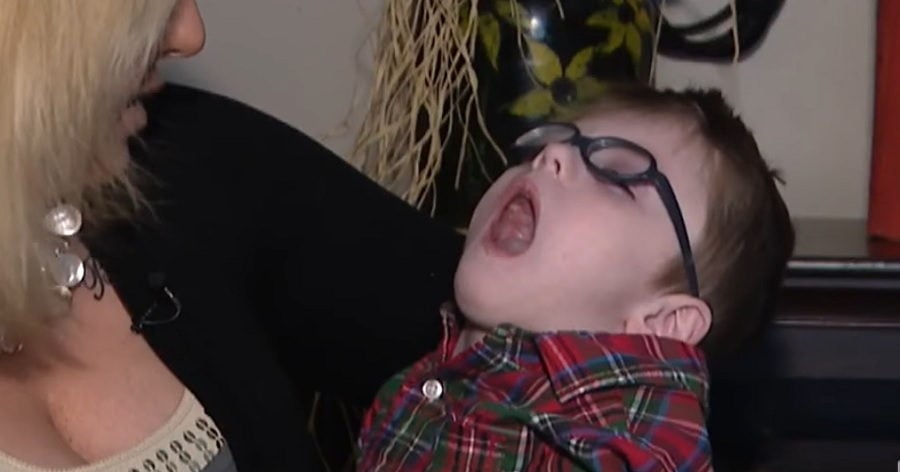 Shaken Baby Syndrome
Shaken Baby Syndrome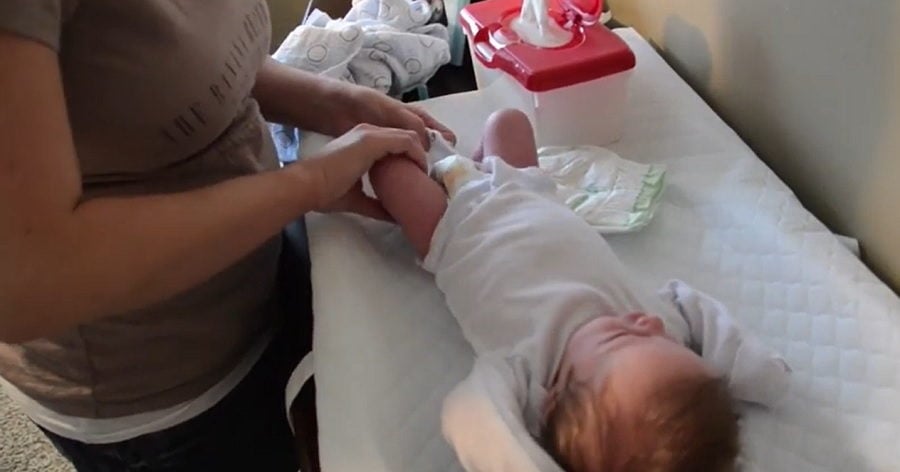 Types of Diaper Rash: Tips & Home Remedies To Treat Nappy Rash Naturally
Types of Diaper Rash: Tips & Home Remedies To Treat Nappy Rash Naturally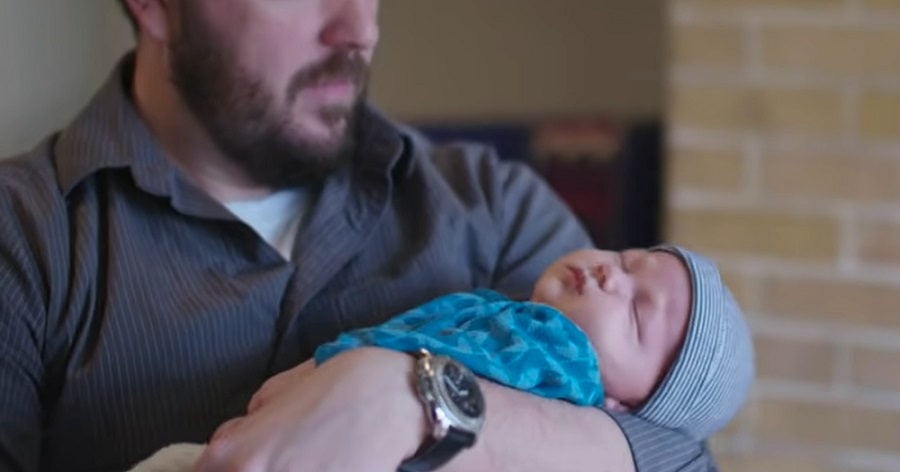 A Step-By-Step Guide on Infant Sleep Training: Baby Sleep Methods, Sleep Schedule & Sleep Position
A Step-By-Step Guide on Infant Sleep Training: Baby Sleep Methods, Sleep Schedule & Sleep Position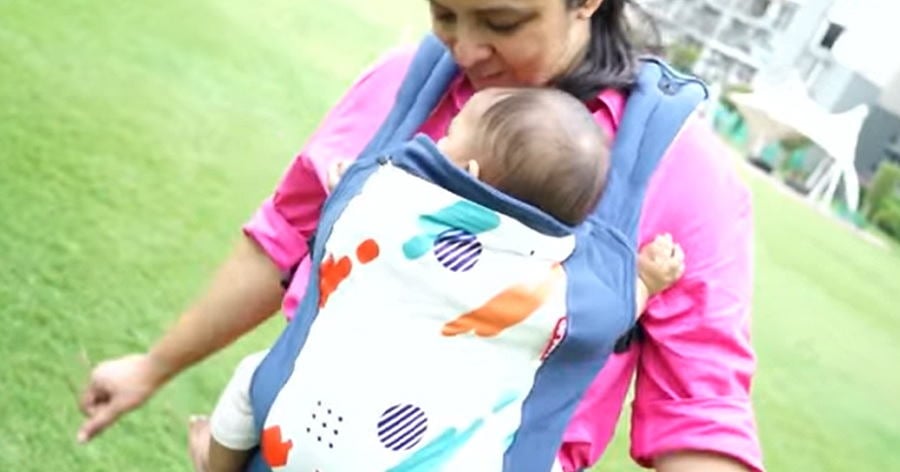 Baby Safety Products
Baby Safety Products